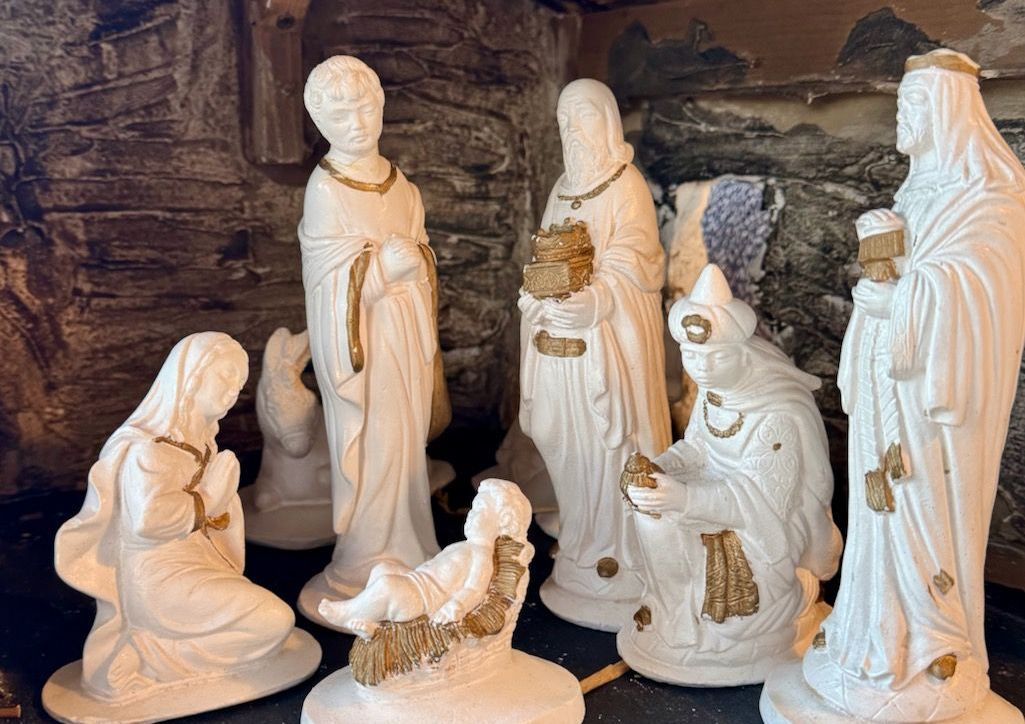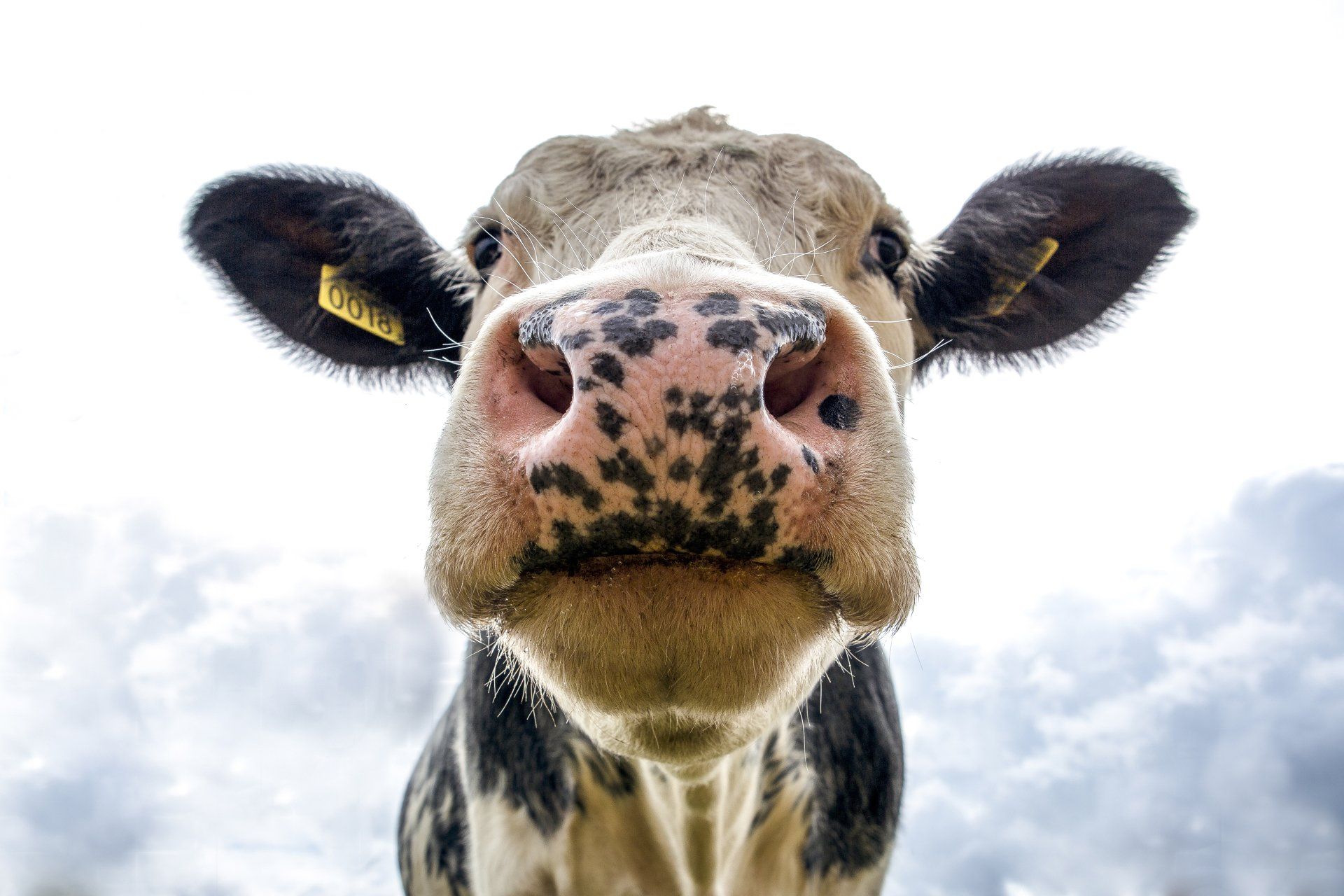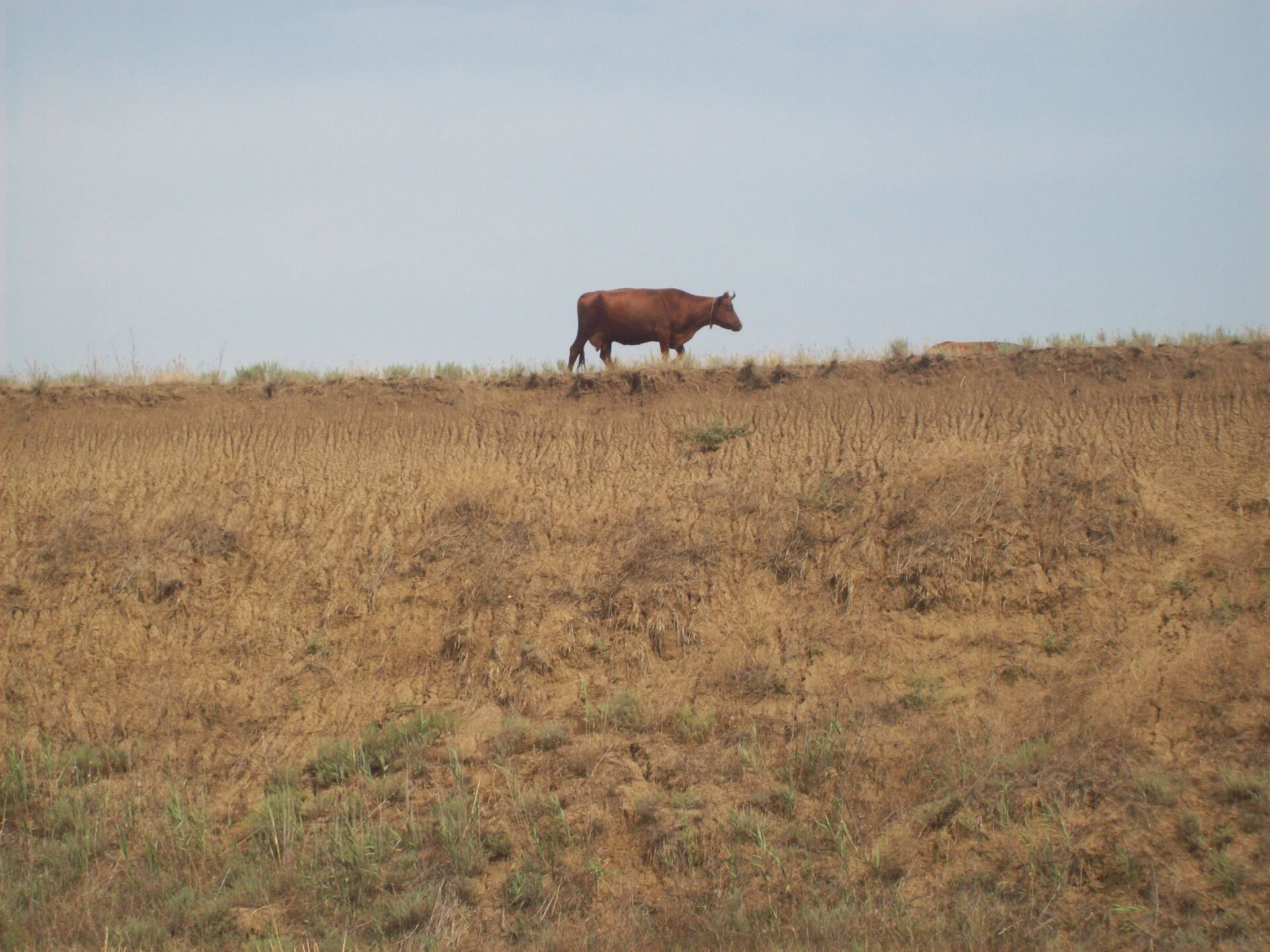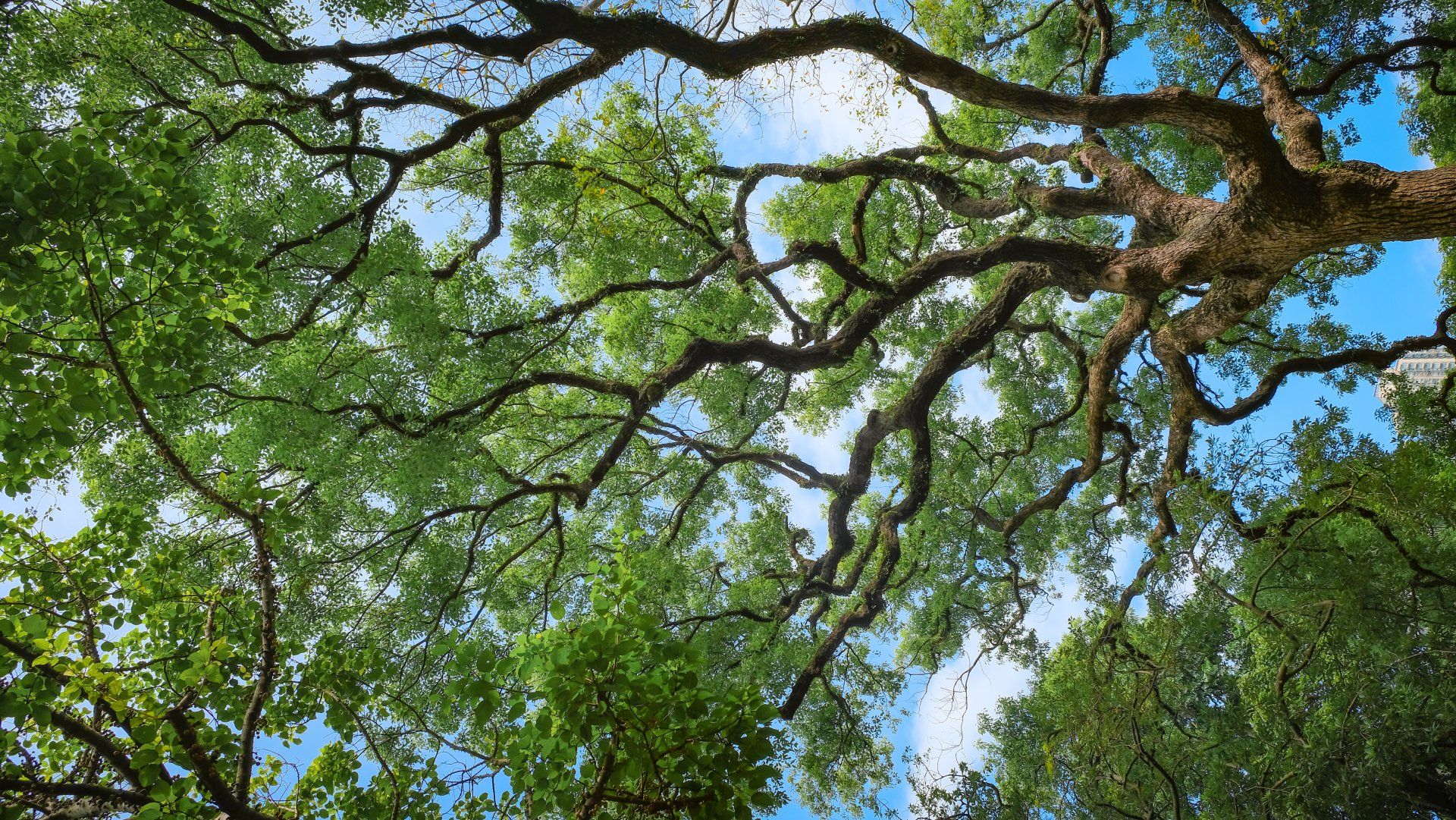An Caisearbhán Bitter Feet with a Lions Teeth
or the Ecclesiastical Bedwetting bloom?

Today, I'm going to explore one of the most underrated but genuinely enchanting plants in the West Cork countryside – an caisearbhán or the dandelion. These hardy and prolific wildflowers can be found all over Ireland, thriving in various habitats, from roadside ditches and fields to parks and gardens. Their unmistakable yellow flowers, downy seed-heads, and familiar toothed leaves greet us from early spring to late autumn.
Of course variants of this plant are found on all continents except Antartica but in early spring some fields locally are just a sea of yellow with our local sub-species.
What's in a name

There are many, many names for this plant. For the rest of this post, I am going to use the local name caisearbhán pronounced "cash-er-vawn." It originates from the words cais (cois), meaning foot, and searbhán meaning bitter, an apt description considering their deeply rooted and bitter-tasting leaves.
Locally and around Ireland we have many other names in both Irish and English including pish-the-bed, clocks, monks head, pisterbed, bearnán beárnach and bláth buí. While officially called Taraxacum vulgaria other names around Europe include;
- Beàrnan-Brìde, in Scotland, the flower is linked with St. Brigid and is called beàrnan-Brìde which I believe means the small gap of Brigid
- Dandelions take their English name from the Norman French dent-de-leon, or lion’s teeth, referring to the toothed edges of the leaves.
- The French and
Luxembourgers both go with variants of pee in bed and piss-a-bed which was also a name we used here in West Cork.

- The Russians and Belarusians go with variants of blow and there are countless childrens games involving blowing the seed heads.
- In Romania, Czechia and Slovakia we see variants of priest as the seed head was supposed to resemble a priests tonsured head.
Taraxacum and it's health benefits
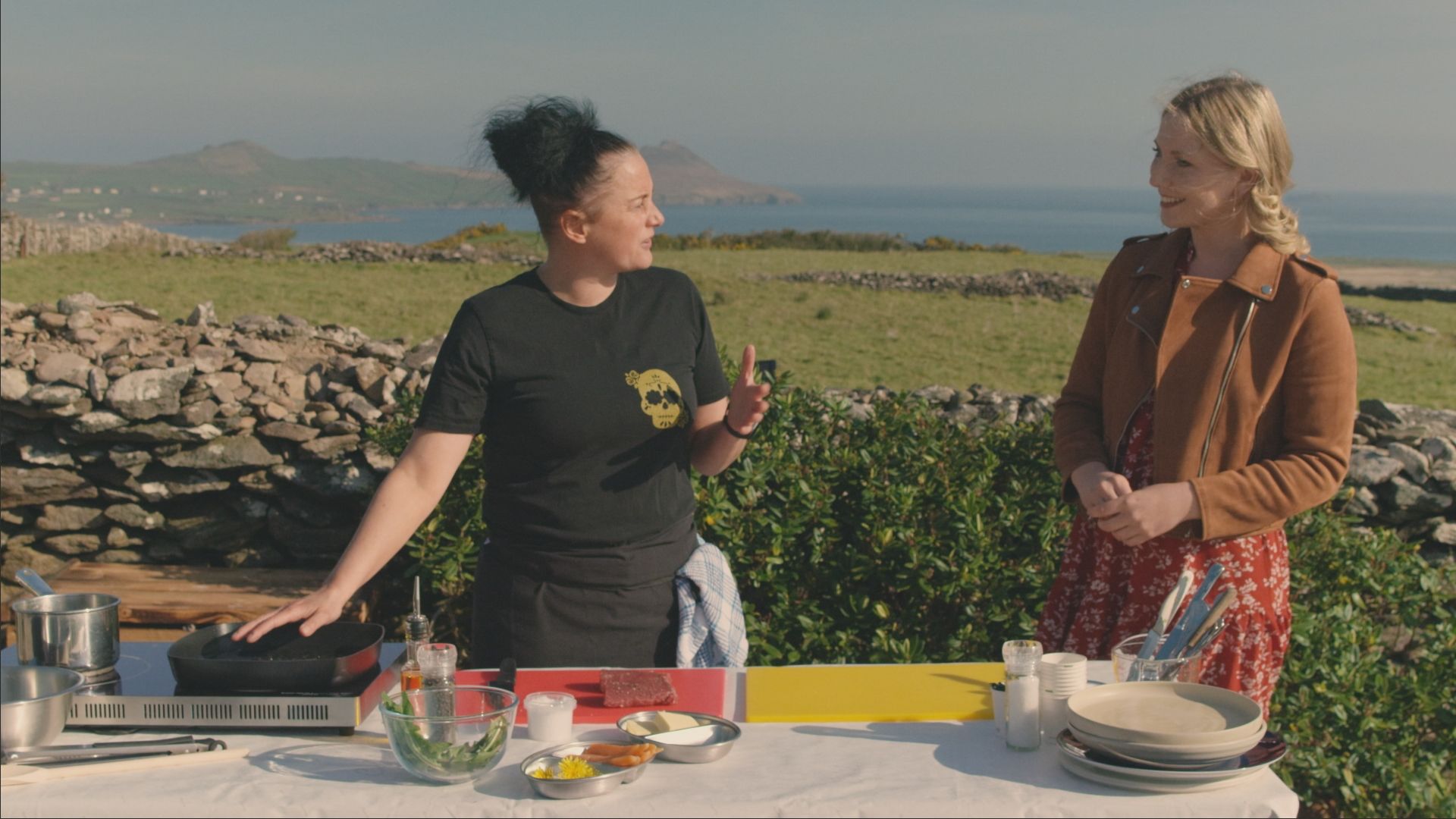
Some say the scientific name Taraxacum is derived from the Greek words Taraxos, meaning disorder, and akos, meaning remedy but there are other accounts that dispute this etymology. Certainly in the past, dandelions were widely used in Ireland to treat various ailments, including liver complaints, upset stomach, bilious disorders, dropsy, dizziness, gallstones, jaundice, hemorrhoids, and warts.
When I was a garsún, we were told that the latex sap from their stems was the cure for warts. A trawl through our amazing Folklore collection throws up over 2,500's of pages of content about this plant, many list its uses as a food for both animals and humans. A recurring theme is as a cure for rheumatism but as this snippet from Carrigaline shows, it also was used as a blood thinner and for liver complaints.
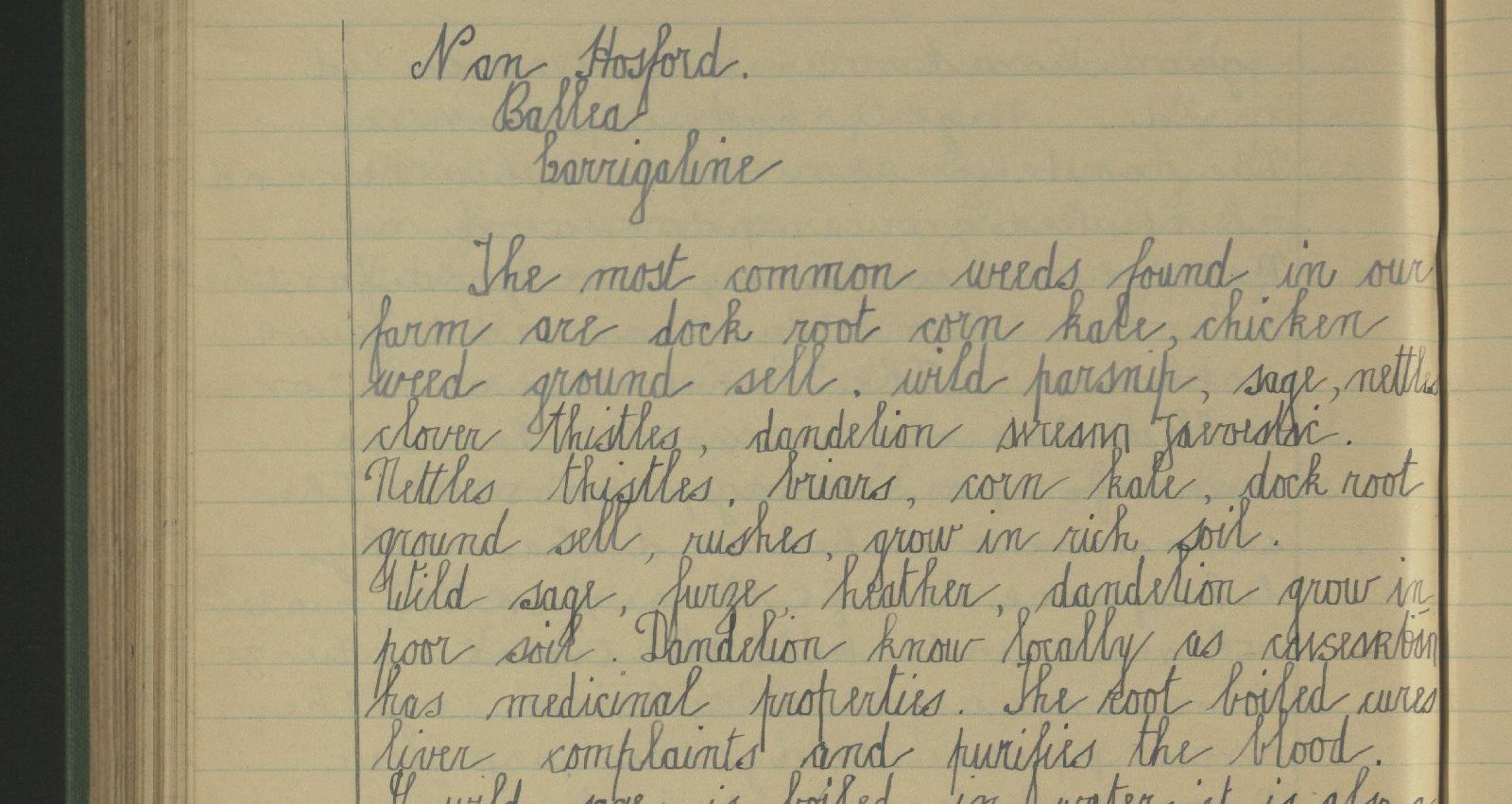
The caisearbhán is far from the useless weed many people dismiss it for. It is an underrated, successful plant that plays an important role in nature and has many useful properties that people have exploited through the ages and continue to make use of to this day.
Jazzing up your salads
I first came across the idea of using the leaves as a salad green about 20 years ago when reading The Kitchen Gardner by Alan Titchmarsh. Personally, I find them on the bitter side but I do occasionally stick a few leaves from my garden into a ham sandwich. I find they cut across the sweetness of ham nicely.
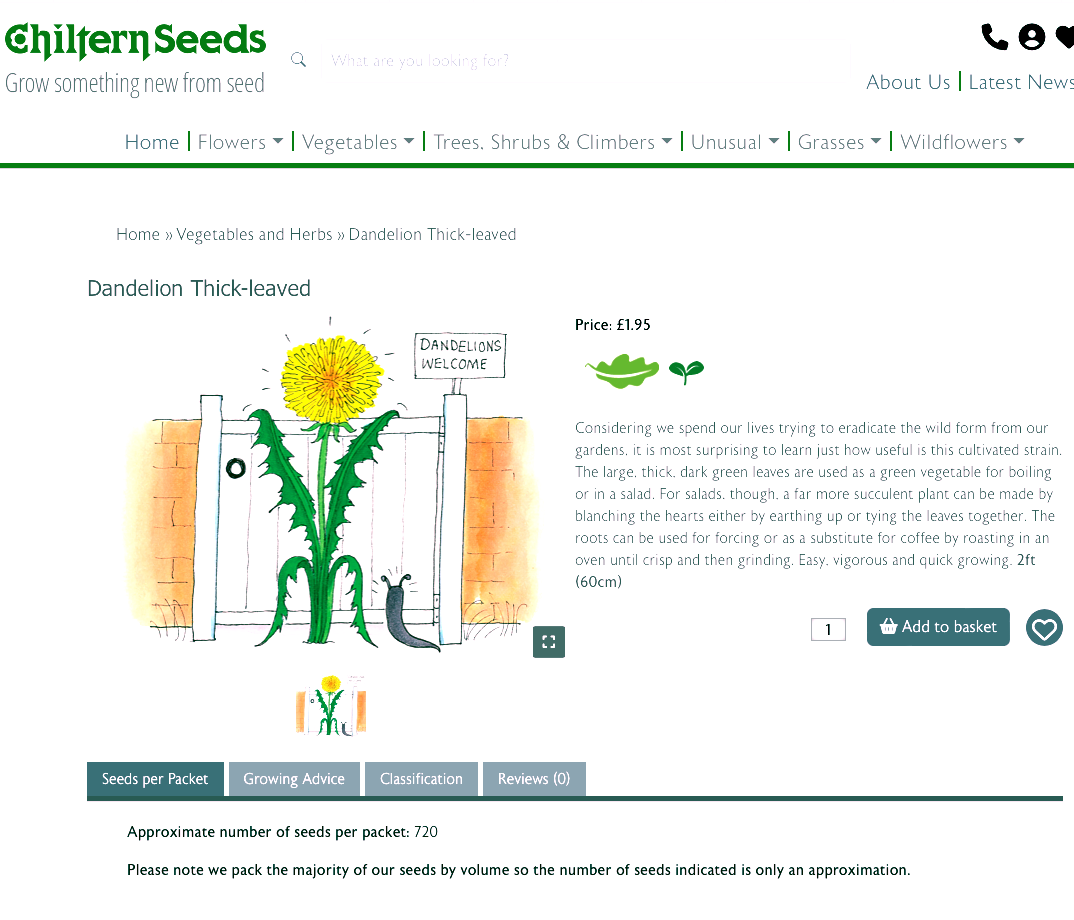
It is said that blanched young caisearbhán leaves make an excellent salad and can also be used as a green vegetable. Dried leaves are a common ingredient in many digestive and herbal drinks and are used for making herb-beer, including a dandelion stout.
The flowers can be made into dandelion wine, which has a reputation as an excellent tonic, and the dried roots, when roasted and ground, make an effective substitute for coffee.
Let them grow

Mo léir, this plant is way too resilient to succumb to our repeated attempts at botanical genocide and thankfully we now see #NoMowMay trending on social media each year.
However, the caisearbhán's success as a species and its ability to colonise new areas quickly, prolific nature, and ability to out-compete cultivated plants can sometimes make it less popular among gardeners and crop-growers.
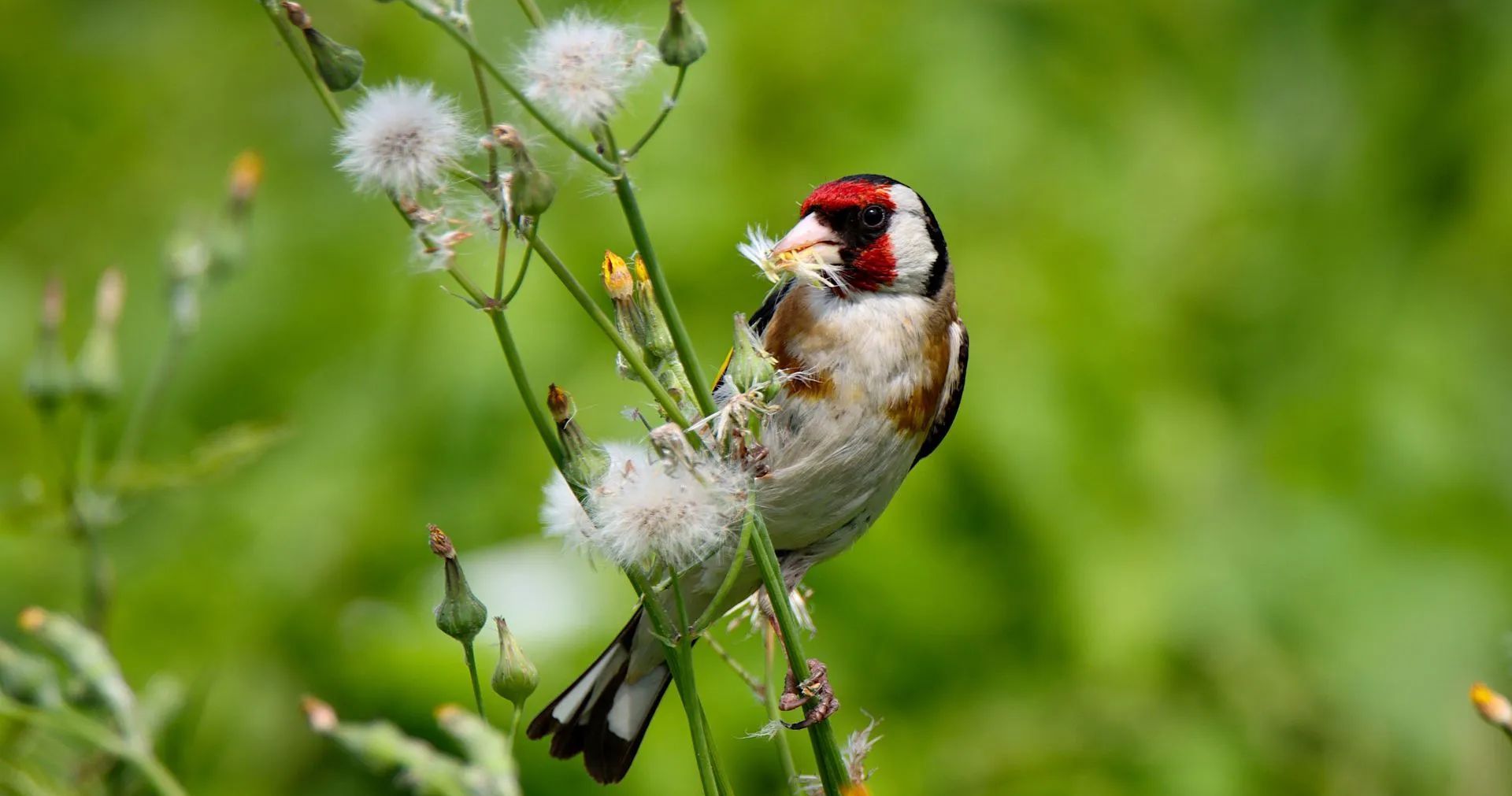
Only last week, I witnessed a pair of local seed-eating birds the lasair choille or goldfinch benefiting from the downy seed-heads which is a valuable food source for them at this time of year.
These vibrant flowers play a crucial role in supporting local wildlife in Spring and early Summer. Many insects, including our native butterflies and moths, rely on caisearbháin as a food source for themselves and their larvae. The bright yellow flowers attract pollinating insects like bumble bees and hoverflies, thanks to their generous stores of nectar.
Ecosystem engineers
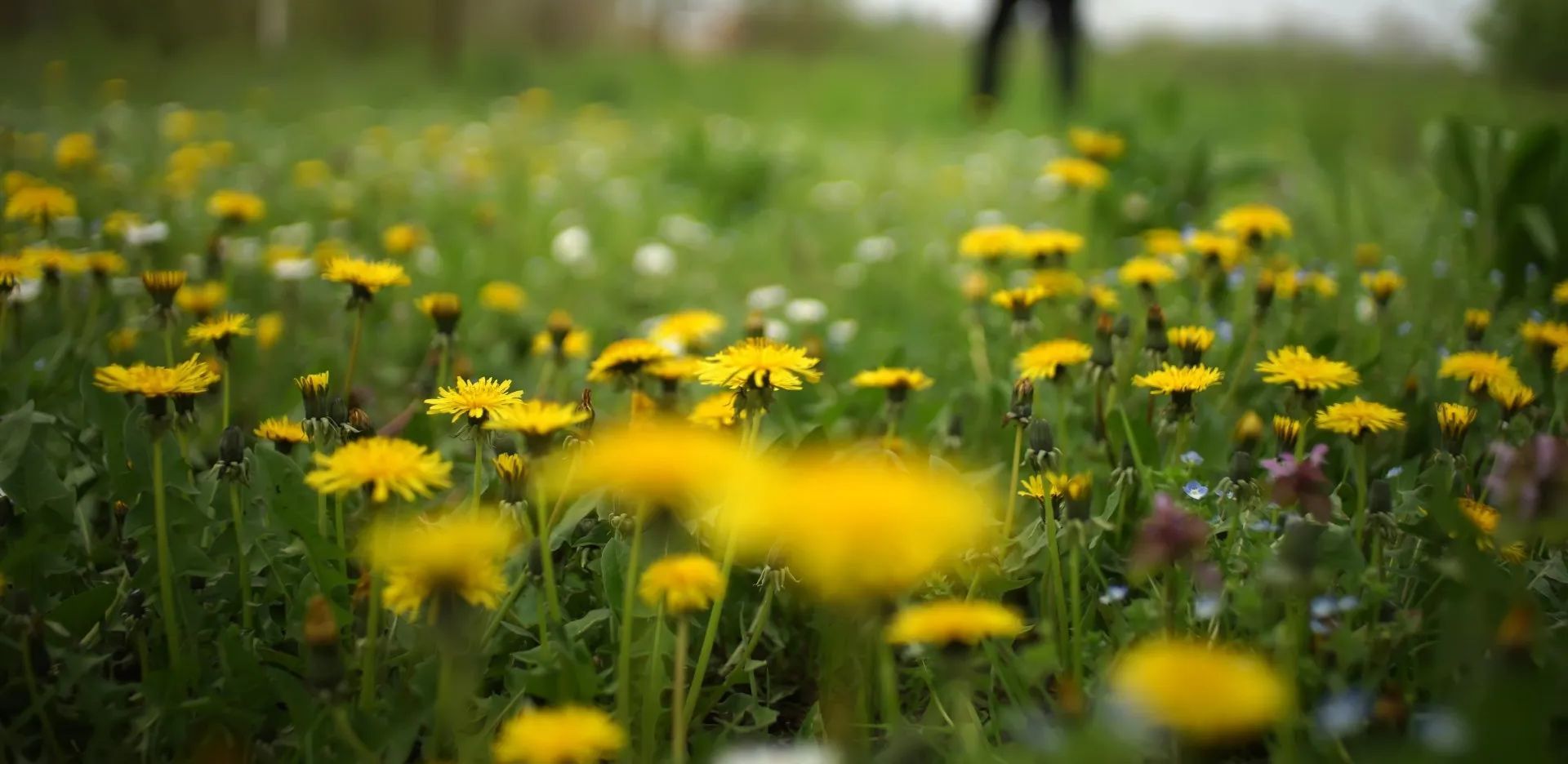
Caisearbháin are among the first colonizers of waste ground. Along with other colonizing plants, they help stabilize soil conditions, attract other species into the area, and pave the way for the development of a rich, stable ecosystem. One of the aspects that makes the caisearbhán such an effective colonizer is its method of dispersal. Each seed-head comprises numerous seeds, each suspended on an individual gossamer parachute, ready to be carried away by the slightest breeze. As children, most of us have unwittingly helped the caisearbhán in their colonization by collecting and blowing the seed heads.
The caisearbhán's long central taproot is particularly effective at drawing nutrients from deep in the soil. Its leaves are packed with these valuable nutrients, which, when the plant dies or is pulled up and added to the compost heap, are released back into the surface layers of the soil and made available to other plants. Allowing dandelions to grow in your garden and harvesting the leaves as compost material or mulch can be an excellent way of recycling nutrients in the soil and keeping the garden fertile.
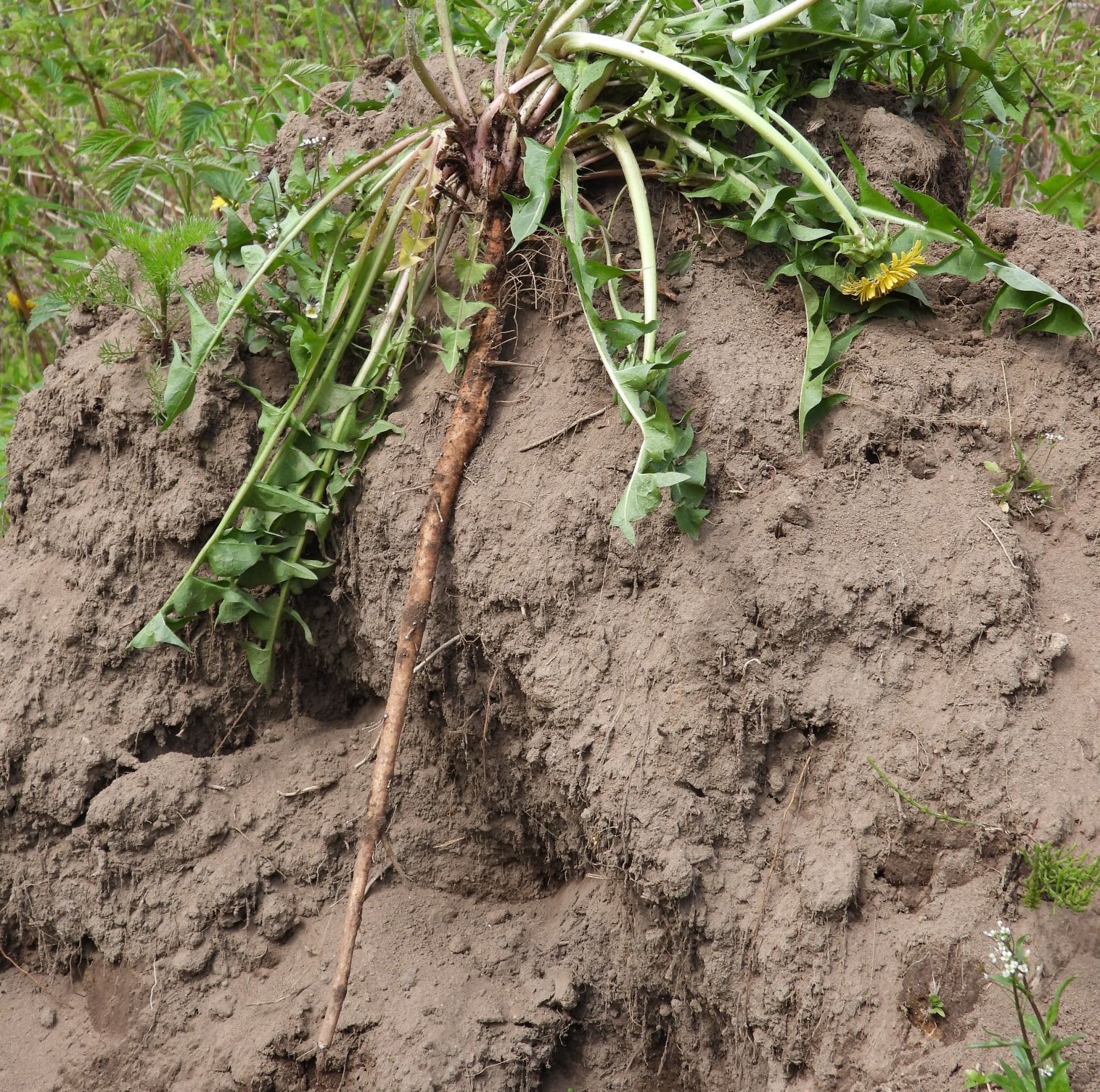
When you walk through West Cork's countryside and spot a field of caisearbháin, take a moment to appreciate the essential role they play in our environment. These seemingly ordinary plants contribute to maintaining a healthy ecosystem by supporting pollinators, providing habitat for insects, and improving soil fertility. Their resilience and adaptability make them a symbol of hope and perseverance, pushing their way through cracks in the footpath and appearing in the most unexpected places.
Moreover, caisearbháin have a rich history in Irish culture and tradition. The connection with St. Brigid and their various names in Irish folklore reflect their significance in our heritage. The medicinal properties of caisearbháin, passed down through generations, serve as a testament to the wisdom of our ancestors, who recognized and utilized the benefits these plants offered.
Conclusion
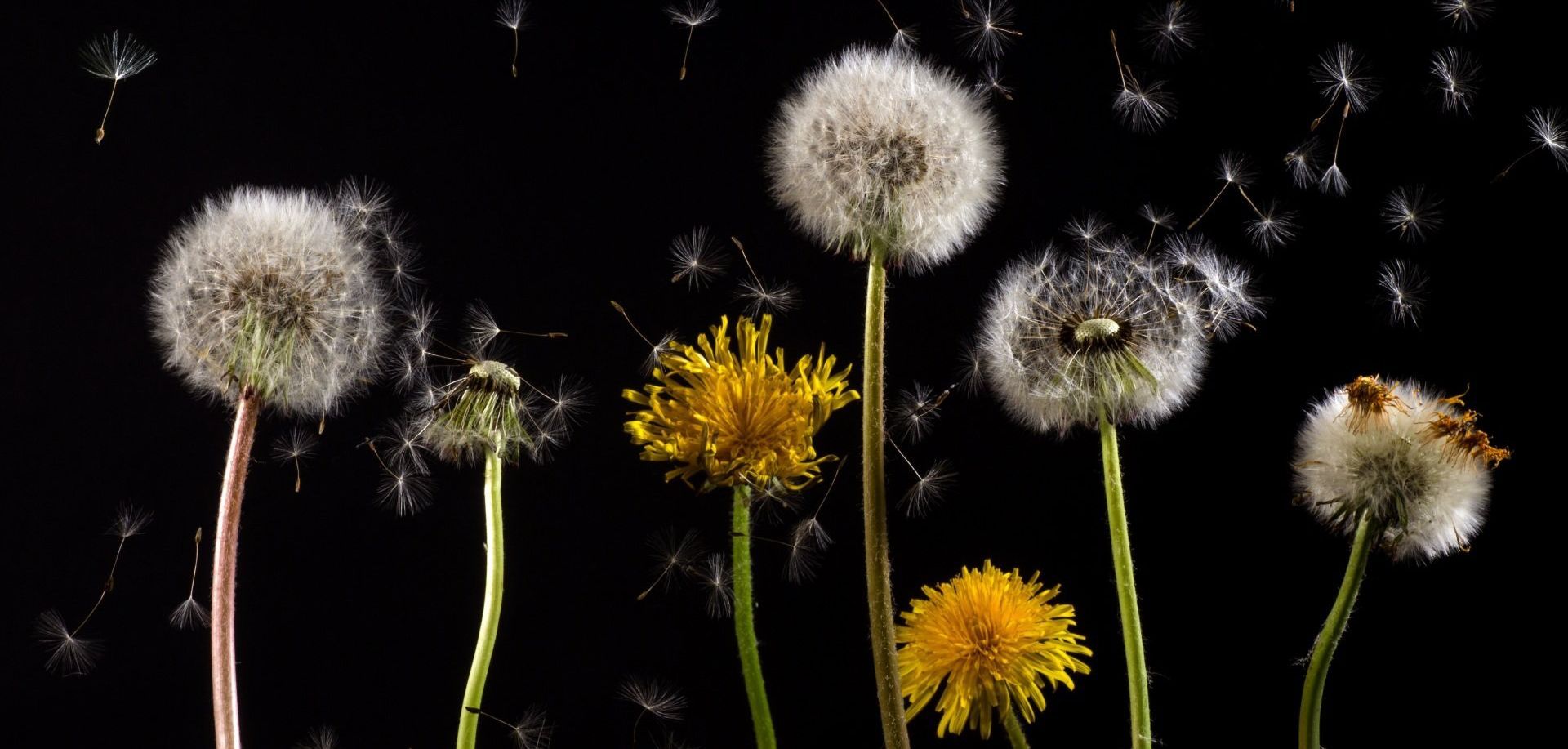
So, instead of viewing caisearbháin as mere weeds, consider them as valuable members of our natural landscape. Embrace their presence in your garden, and perhaps even experiment with their culinary uses by incorporating young leaves into your salads or brewing dandelion tea. By doing so, you'll not only enjoy their nutritional and medicinal properties but also deepen your connection to Ireland's rich natural heritage.
Caisearbháin are far more than just troublesome weeds; they are an essential part of our ecosystem and a symbol of resilience and adaptability. It's time we reevaluate our perception of these golden-headed gems and give them the recognition they deserve. So, let's celebrate the caisearbhán, piss-a-bed, clock or dandelion with it's many names and its many contributions to our environment, culture, and well-being.


